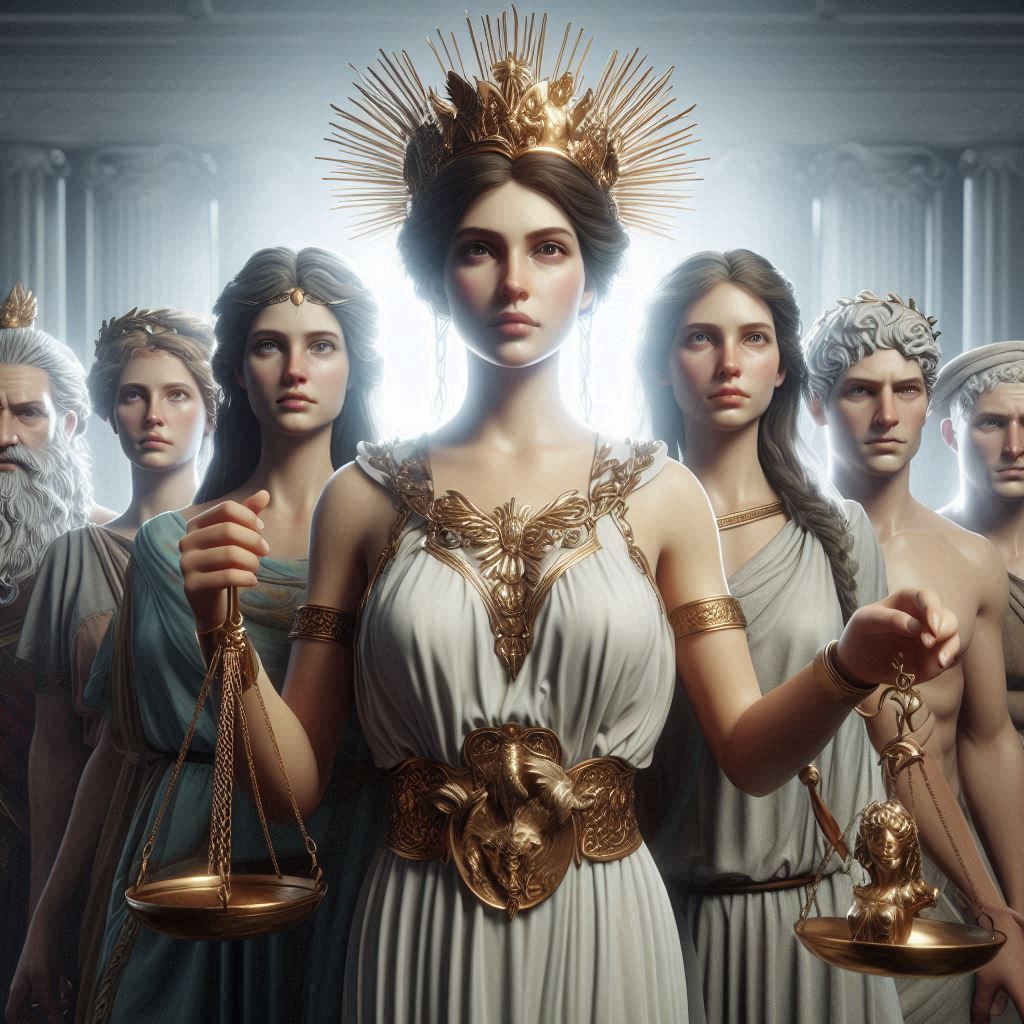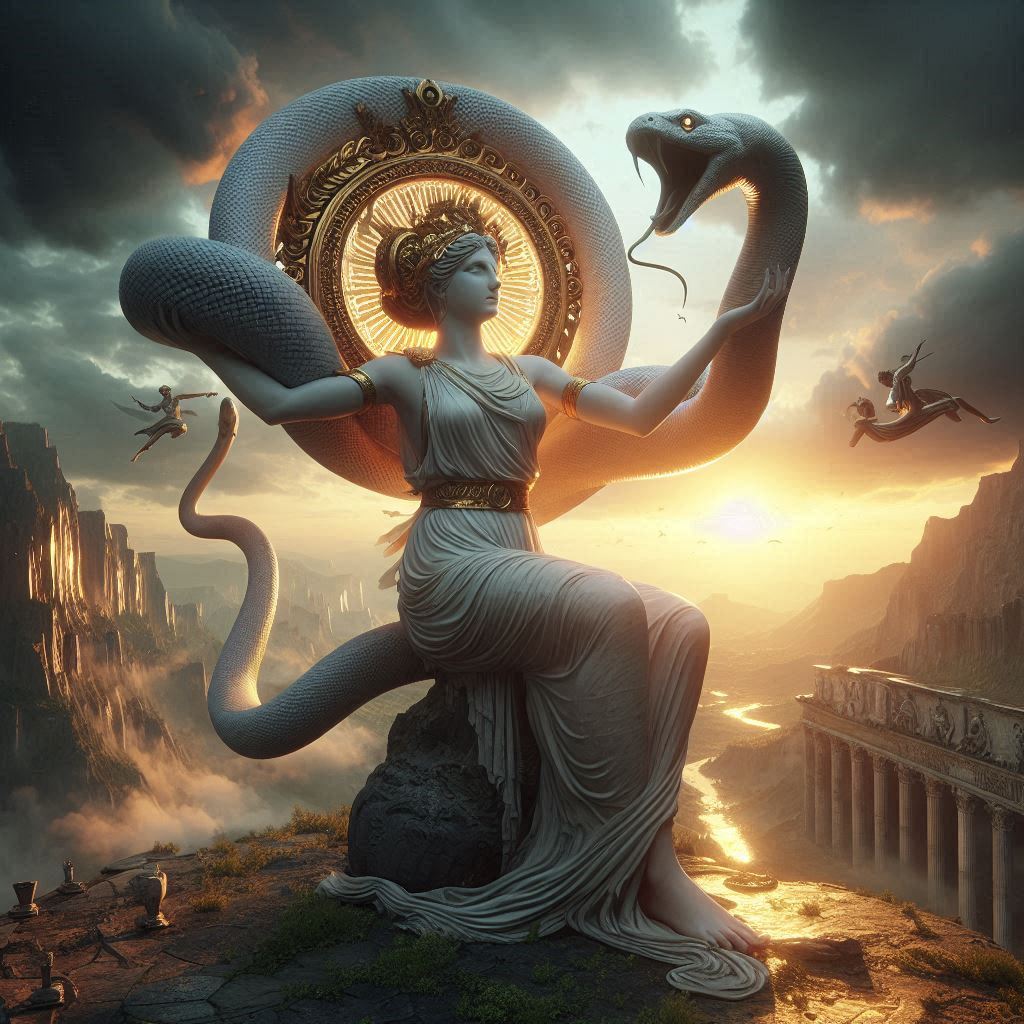Table of Contents
Old Turkish Poetry: A Journey Through Turkic Literary Heritage
Old Turkish poetry is a vast and intricate literary tradition that spans over a millennium, reflecting the cultural, linguistic, and spiritual evolution of Turkic peoples. From the early oral epics of Central Asia to the refined court poetry of the Ottoman Empire, Turkish poetry has served as a mirror of societal values, religious beliefs, and artistic expression. This essay explores the origins, development, major forms, themes, and key figures of Old Turkish poetry, demonstrating its enduring legacy in world literature.

I. Historical Development of Old Turkish Poetry
1. Pre-Islamic Turkic Poetry (6th–10th Centuries)
The earliest examples of Turkish poetry date back to the Göktürk Khaganate (6th–8th centuries), preserved in the Orkhon Inscriptions (8th century). These inscriptions, written in the Old Turkic script, contain poetic elements praising Bilge Khagan and Kul Tigin, blending historical narrative with rhythmic structure.
- Characteristics:
- Epic and heroic tone
- Shamanistic and nature-centric themes
- Alliterative verse (similar to Germanic and Mongolian oral poetry)
Another key pre-Islamic work is the Book of Dede Korkut (10th–11th centuries), a collection of Oghuz Turkic legends featuring poetic prose and heroic narratives.
2. Islamic Influence and the Karakhanid Period (10th–13th Centuries)
With the conversion of Turkic tribes to Islam, Persian and Arabic literary traditions began shaping Turkish poetry. The Karakhanid and Seljuk courts became centers of literary activity.
- Yusuf Khass Hajib’s Kutadgu Bilig (1069–1070) – A didactic poem blending Turkic wisdom with Islamic ethics.
- Ahmed Yesevi’s Divan-i Hikmet (12th century) – Sufi poetry in simple Turkish, promoting mystical Islam.
3. Anatolian Turkish Poetry (13th–15th Centuries)
Following the Mongol invasions, Turkic poets migrated to Anatolia, where a new literary tradition emerged under the Seljuk and Beylik states.
- Sufi Poetry:
- Yunus Emre (13th–14th c.) – Used vernacular Turkish to express divine love.
- Mevlana Celaleddin Rumi (13th c.) – Wrote in Persian but influenced Turkish Sufi poetry.
- Epic Poetry:
- Battalname and Danişmendname – Warrior epics blending history and legend.
4. Classical Ottoman Poetry (15th–19th Centuries)
The Ottoman Empire (1299–1922) saw the peak of Divan poetry, a refined courtly tradition influenced by Persian aesthetics.
- Golden Age (16th century):
- Fuzuli – Master of love and sorrow in gazels.
- Baki – Known for his technical perfection in verse.
- Later Periods:
- Nedim (18th c.) – Introduced a more playful, Ottoman Turkish style.
- Şeyh Galib (18th c.) – Last great master of Sufi Divan poetry.
II. Major Forms of Old Turkish Poetry
A. Folk Poetry (Halk Şiiri)
Rooted in oral tradition, folk poetry was composed by aşıks (minstrels) and ozans (bards).
1. Koşuk (Pre-Islamic Shamanic Verse)
- Structure: Four-line stanzas with syllabic meter.
- Themes: Nature, hunting, war.
2. Mani (Lyric Quatrains)
- Structure: 7-syllable lines, AABA rhyme.
- Themes: Love, fate, folk wisdom.
3. Türkü (Folk Songs)
- Structure: Variable, often with refrains.
- Themes: Love, exile, heroism.
4. Aşık Poetry (Minstrel Tradition)
- Notable Poets: Karacaoğlan (17th c.), Dadaloğlu (19th c.).
- Instruments: Saz (lute) accompaniment.
B. Divan Poetry (Courtly Literature)
A highly formalized tradition written in Ottoman Turkish (a mix of Turkish, Persian, and Arabic).
1. Gazel (Lyric Ode)
- Structure: 5–15 couplets, AA BA CA…
- Themes: Love (earthly and divine), melancholy.
2. Kaside (Panegyric Ode)
- Structure: Long, rhyming couplets praising rulers.
- Famous Example: Baki’s Kaside-i Bahariyye (Spring Ode).
3. Mesnevi (Narrative Poem)
- Structure: Rhyming couplets, no length limit.
- Famous Examples:
- **Mevlana’s *Masnavi* (Persian but influential in Turkish Sufism).
- Fuzuli’s Leyla and Majnun (a tragic romance).
4. Rubai (Quatrain)
- Structure: Four lines, AABA rhyme.
- Themes: Philosophy, Sufi mysticism.
III. Key Themes in Old Turkish Poetry
1. Love (Aşk)
- Earthly Love: Often depicted in gazels and folk songs.
- Divine Love: Sufi poets like Yunus Emre and Mevlana explored spiritual longing.
2. Nature (Tabiat)
- Folk Poetry: Descriptions of mountains, rivers, and seasons.
- Divan Poetry: Symbolic use of roses (beauty) and nightingales (the lover).
3. Heroism and War (Alp-Eren Tradition)
- Epics: Dede Korkut, Battalname.
- Historical Poetry: Ottoman conquests in kasides.
4. Mysticism (Tasavvuf)
- Sufi Concepts: Vahdet-i Vücud (Unity of Being), divine intoxication.
IV. Notable Poets and Their Contributions
1. Yunus Emre (13th–14th Century)
- Style: Simple Turkish, deeply spiritual.
- Famous Work: Risaletü’n-Nushiyye (Book of Advice).
2. Fuzuli (16th Century)
- Masterpiece: Leyla and Majnun (a pinnacle of Ottoman romantic poetry).
3. Baki (16th Century)
- Nickname: “Sultan of Poets.”
- Legacy: Elevated Ottoman Divan poetry to its peak.
4. Karacaoğlan (17th Century)
- Contribution: Pure folk style, untouched by Persian influence.
V. Cultural and Literary Legacy
Old Turkish poetry influenced:
- Modern Turkish Literature (Nazım Hikmet, Yahya Kemal).
- World Literature (Rumi’s global Sufi impact).
- Music: Classical Ottoman makam and modern folk adaptations.
Conclusion
Old Turkish poetry is a treasure trove of linguistic beauty, philosophical depth, and cultural history. From the nomadic bards of Central Asia to the Ottoman court poets, it represents a bridge between Turkic identity and universal human emotions. Even today, its verses continue to inspire, proving that great poetry transcends time and borders.


No responses yet